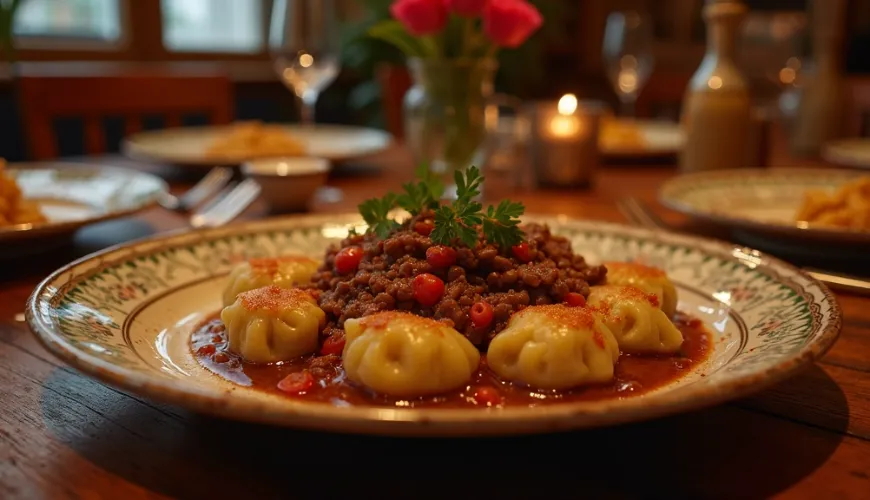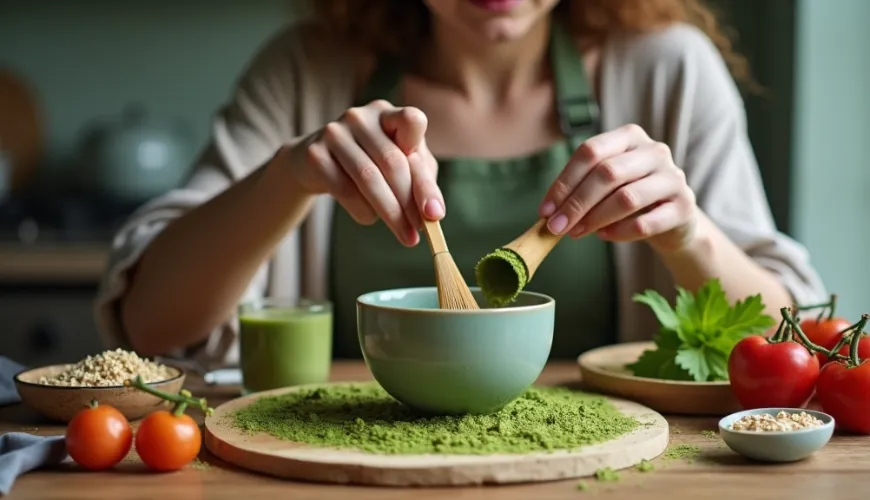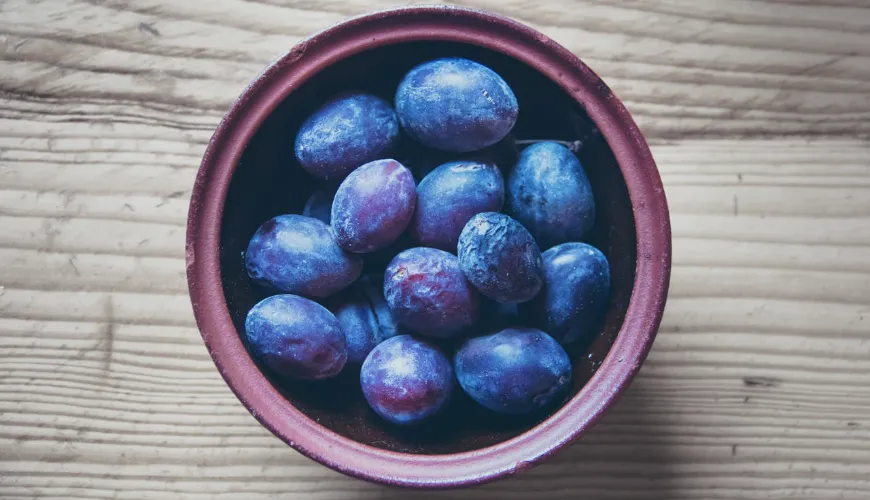
How Czech Sauces Are Modernizing Without Losing Tradition

When You Say Czech Sauce - A Taste That Connects Generations
If there's something inseparable from Czech cuisine, it's undoubtedly traditional Czech sauces. For many of us, they are a reminder of childhood, Sunday lunches at grandma's, or festive dinners where the whole family gathers around the table. Sauces in Czechia are more than just a side dish – they are a symbol of home comfort, culinary heritage, and a love for honest food.
When someone asks what is typical for Czech cuisine, few omit svíčková, rajská, or koprovka. Although gastronomic tastes have changed over the past decades and lighter or vegetarian dishes are increasingly making their way into menus, classic Czech sauces still hold their solid place. Their secret lies not only in the ingredients but also in the care and time dedicated to their preparation.
From Svíčková to Mushroom - Which Sauces Do Czechs Love the Most?
When we look at the list of the best Czech sauces, undoubtedly at the top, we'll find several staples that have been prepared in households for generations. Each has its specific charm, different taste, structure, and way of serving. Yet they share something hard to describe – a sense of home, tradition, and rich, deep flavors.
Svíčková na smetaně is perhaps the most iconic Czech sauce. It's made from root vegetables, cream, and beef (most often real tenderloin, but in ordinary households often from other lean beef). The secret to good svíčková is not just patience but also quality ingredients – fresh carrots, celery, parsley, and homemade broth are the foundation of success. The sauce is smoothed with cream and sometimes flavored with lemon, sugar, or cranberries to balance the flavors.
Equally popular is rajská omáčka, loved especially by children. The sweet and sour sauce made from tomato paste, onions, spices, and thickened with roux is traditionally served with beef, dumplings, or pasta. In many households, you can find slightly different Czech sauce recipes – and that's exactly where their charm lies. Each family adapts them to their liking.
Koprová omáčka, known for its specific aroma and taste, often divides society into two irreconcilable camps – those who love it and those who reject it. Nevertheless, it still regularly appears on school canteen menus and in home kitchens. Fresh dill, cream, and broth are used in its preparation, resulting in a mild yet characteristic taste.
To them, we can add mushroom sauce, ideally made from freshly picked forest mushrooms, served with an egg or a slice of meat. We must not forget the znojemská with pickled cucumbers, horseradish sauce, or the less known but excellent mustard sauce.
Traditional Czech Sauces and Their Place in Modern Cuisine
In today's world, where the popularity of lighter and vegetarian dishes is growing, sauces have also received their "modern facelift." Many people ask: Can Czech sauces be prepared more healthily, without unnecessarily heavy ingredients? The answer is: yes, but with respect for the originality of taste.
For example, with svíčková, you can use less cream and more vegetables, making the sauce a more nutritious meal. Similarly, you can try a vegetarian version of koprovka with eggs and potatoes, without using meat or traditional broth. The use of plant-based cream or legume bases is nothing unusual today – although the traditional taste is not always entirely identical, the result can pleasantly surprise.
Moreover, more and more households are switching to local ingredients and organic products, which give sauces not only better nutritional values but also a deeper flavor. Quality vegetables from farmers' markets, fresh herbs, and homemade broth are a guarantee of success. In addition, when selecting quality ingredients, we often find that the sauce no longer needs as much salt, sugar, or other seasonings.
An interesting example might be a young family from Brno, dedicated to an ecological lifestyle. In their kitchen, they prepare svíčková only a few times a year – but when they do, they use local vegetables from a community garden, plant-based cream, and homemade dumplings from wholemeal flour. The result? A flavor-rich variant of a favorite dish that doesn't burden the body or the planet.
Recipes Passed Down from Generation to Generation
What Czech sauces have in common is a certain level of ritual. It's not a meal you prepare in 15 minutes. They require time, attention, and often a multi-step process – first, you prepare the broth, then you roast the meat, then you cook the vegetables and blend the sauce. But this process is the key to the unique taste and the reason why Czech sauces are so beloved.
Various recipes for classic Czech sauces are passed down in families like treasures. And it's not uncommon for a grandma to remember the exact spice ratio for svíčková even after years or how many tablespoons of vinegar belong in koprovka. These recipes, often written on yellowed papers or simply in minds, are part of our cultural heritage.
"My grandma once told me: 'The sauce must be like a hug – smooth, warm, and full of flavor.' And I think that's exactly why we keep coming back to them," says food blogger and lover of Czech cuisine Lucie Konečná.
Today, in the age of digital recipes and fast cooking, it may seem that sauces are forgotten. But paradoxically, in this hectic time, we crave foods that "stop" us, take us back to childhood, and offer not only taste but also memories.
Why Don't Sauces Age?
It's fascinating how in a country as small as the Czech Republic, so many different sauces have developed. Every region, even every family, has its favorite variants. In some places, plums are added to svíčková, elsewhere a pinch of cinnamon is mixed into rajská. In other words, Czech sauces are not just recipes – they are a living part of culture, continuously discussed, passed down, and adapted for new generations.
It may not be a coincidence that sauces often appear at family celebrations, weddings, or Christmas lunches. They symbolize something more – a shared table, sharing, and care. And even as trends change, sauces maintain their position in Czech kitchens with grace. They are like an old friend who never lets you down.
In a time when interest in local cuisines is growing, classic Czech sauces are once again coming into the spotlight. Foreign tourists, foodies, and slow food concept lovers discover the charm of dishes like svíčková or znojemská. And it's no wonder – once you taste a carefully prepared sauce with homemade dumplings, it's hard to forget.
Maintaining a relationship with these dishes means more than just eating well. It means understanding where we come from, what has shaped us, and the important role food plays in connecting people. And sauces are what make Czech cuisine special.
So whether you opt for svíčková, koprovka, or a bolder variant with mushrooms, one thing is certain – Czech sauces have a place not only on the plate but also in the heart.

